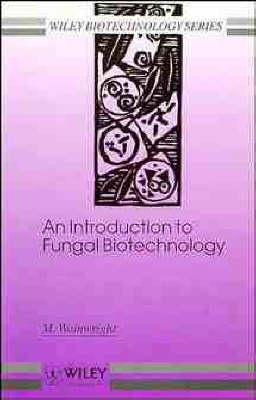Biotechnology S.
1 total work
An Introduction to Fungal Biotechnology M. Wainwright, Department of Molecular Biology and Biotechnology, University of Sheffield, UK Mycelial fungi and yeasts have long been important to man through their use in baking and brewing. More recently these organisms have been exploited further through their use in the production of antibiotics and biochemicals such as citric acid. Since the introduction of technology which enables these organisms to be genetically engineered, the practical applications of fungi have increased more dramatically. Fungi now play a more important role in the manufacture of a wide range of products by fermentation, in agriculture through their use as pest and pathogen control agents and as growth enhancers, in environmental management and in the food industry. Previous texts on fungal biotechnology have been largely restricted to the role of these organisms in the fermentation industry.
By contrast, this book presents a comprehensive and wide-ranging introduction to the use of fungi in various areas of biotechnology emphasising their recent use in, for example, the bioremediation of polluted soils, fossil fuel conversion, and their use as biological control agents and inoculants in agriculture. An Introduction to Fungal Biotechnology is well illustrated and written in a readable and easily accessible style. Although it is particularly suitable for undergraduate students, this book will also be of interest to postgraduate students and research workers who require an overview of the traditional and more recent practical applications of fungi and insight into potential areas of their future use.
By contrast, this book presents a comprehensive and wide-ranging introduction to the use of fungi in various areas of biotechnology emphasising their recent use in, for example, the bioremediation of polluted soils, fossil fuel conversion, and their use as biological control agents and inoculants in agriculture. An Introduction to Fungal Biotechnology is well illustrated and written in a readable and easily accessible style. Although it is particularly suitable for undergraduate students, this book will also be of interest to postgraduate students and research workers who require an overview of the traditional and more recent practical applications of fungi and insight into potential areas of their future use.
